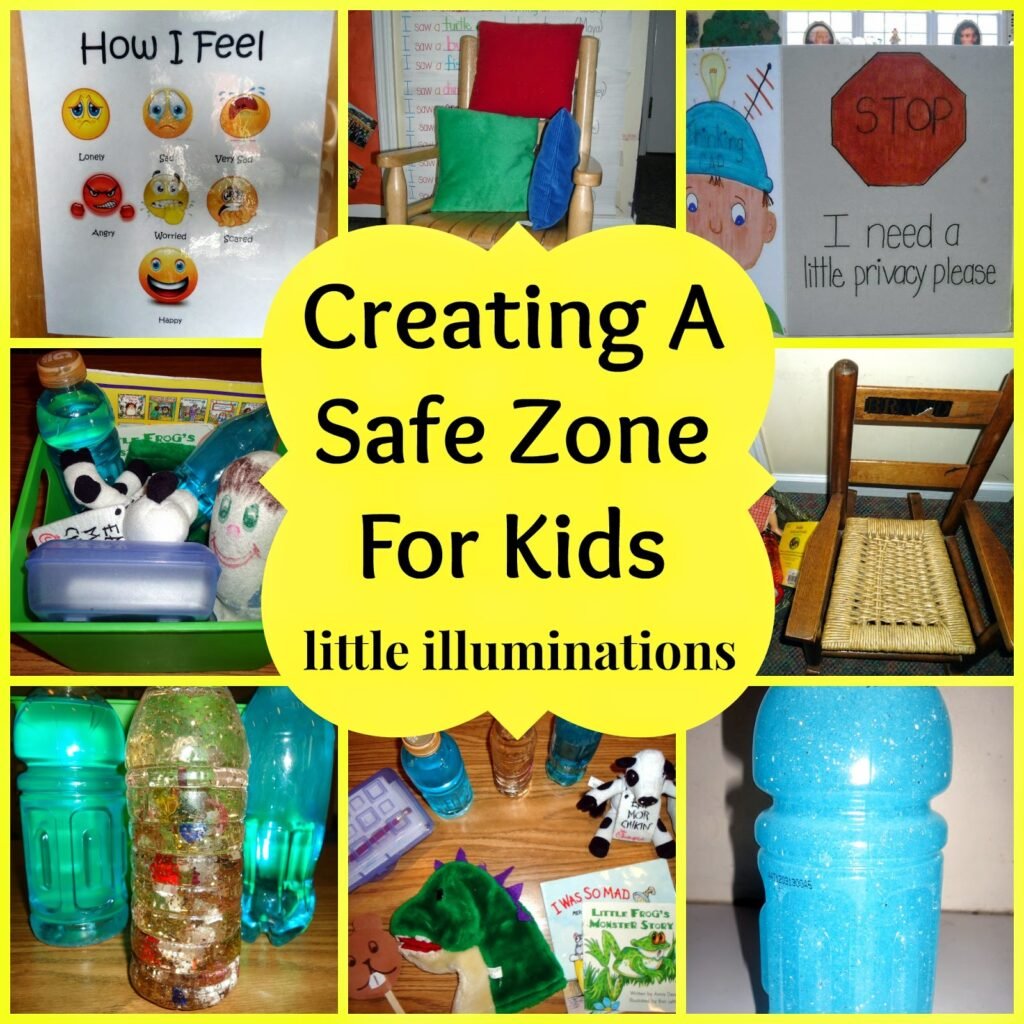
Are you a new parent feeling overwhelmed and seeking guidance on how to navigate the challenges of raising children in the 21st century? HarperCollins Publishers India offers a curated list of 19 essential parenting books that cover a wide range of topics related to emotional well-being, child development, and building emotional safe spaces for children. From practical guides on raising boys and girls to fostering positive relationships with kids, authors like Steve Biddulph, Adele Faber, and Shelja Sen provide valuable insights and advice to help you on your parenting journey. Whether you’re looking for tips on improving communication with your children, developing good sleep habits, or understanding toddler behavior, these books offer practical solutions to support you every step of the way.
Are You Looking for Guidance on Building Emotional Safe Spaces for Your Children?
Parenting can be both rewarding and challenging, especially when it comes to creating a safe and nurturing environment for your children. If you are seeking guidance on how to build emotional safe spaces for your little ones, you’ve come to the right place. In this article, we will explore the importance of emotional safety for children and provide valuable insights on how to cultivate this essential aspect of parenting.
Understanding the Concept of Emotional Safe Spaces
Emotional safe spaces are environments where children feel secure, loved, and valued. These spaces provide a sense of comfort and support that allows kids to be themselves without fear of judgment or criticism. By creating emotional safe spaces, parents can help their children develop healthy self-esteem, resilience, and emotional intelligence.

This image is property of images.squarespace-cdn.com.
Why Emotional Safety is Crucial for Child Development
Emotional safety plays a vital role in shaping children’s overall well-being and development. When children feel emotionally safe, they are more likely to explore their surroundings, express their thoughts and feelings, and form healthy relationships with others. On the other hand, a lack of emotional safety can lead to anxiety, low self-esteem, and behavioral issues in children.

This image is property of 2.bp.blogspot.com.
Key Components of Building Emotional Safe Spaces
-
Unconditional Love and Acceptance: Make sure your children know that they are unconditionally loved and accepted, regardless of their successes or failures. Show them that you value who they are as individuals.
-
Open Communication: Encourage open and honest communication with your children. Create a safe space for them to share their thoughts, feelings, and experiences without fear of judgment.
-
Consistent Boundaries: Set clear and consistent boundaries for behavior while also allowing your children to express themselves freely within those boundaries. This balance helps children feel safe and secure.
-
Empathy and Validation: Validate your children’s emotions and experiences, even if you don’t agree with their perspective. Show empathy and understanding to help them feel heard and supported.
-
Emotional Regulation: Teach your children healthy ways to regulate their emotions, such as deep breathing, mindfulness, or journaling. These coping strategies can help them navigate challenging emotions in a safe and constructive manner.

This image is property of hannahbeach.ca.
Recommended Parenting Books for Building Emotional Safe Spaces
-
“Raising Boys in the 21st Century” by Steve Biddulph: This insightful book offers practical advice on raising boys in a changing world and fostering emotional safety for them.
-
“How To Talk So Kids Will Listen & Listen So Kids Will Talk” by Adele Faber and Elaine Mazlish: This classic parenting book provides effective communication strategies to build emotional connections with your children.
-
“All You Need is Love: The Art of Mindful Parenting” by Shelja Sen: Dr. Shelja Sen’s book emphasizes the importance of mindfulness and emotional intelligence in parenting to create safe and nurturing relationships with children.

This image is property of static01.nyt.com.
Creating a Safe Haven for Your Children: Practical Tips
-
Establish Daily Rituals: Create daily routines and rituals that provide a sense of security and stability for your children. This can include bedtime stories, family dinners, or morning cuddles.
-
Practice Active Listening: Be fully present when listening to your children. Validate their feelings, ask clarifying questions, and show genuine interest in what they have to say.
-
Model Healthy Emotions: Demonstrate healthy emotional expression by managing your own feelings in a positive way. Children learn by example, so showing them how to navigate emotions can be a powerful teaching tool.
-
Encourage Creative Expression: Allow your children to express themselves creatively through art, music, or play. Creative outlets can help children process their emotions and build confidence in self-expression.

This image is property of www.mindfullittleminds.com.
Conclusion
Building emotional safe spaces for your children is a fundamental aspect of parenting that can have a lasting impact on their well-being and development. By understanding the importance of emotional safety, implementing key components, exploring recommended parenting books, and practicing practical tips, you can create a nurturing environment where your children feel loved, supported, and valued. Embrace the journey of parenthood with compassion, patience, and a commitment to fostering emotional well-being in your little ones. Remember, you are not alone on this parenting journey – together, we can create safe and nurturing spaces for our children to thrive.
